Just got an iPhone 13 and noticing your messages aren’t going through? Seeing constant “Not Delivered” errors can be frustrating. But don’t worry – in most cases, it’s an easy fix. This guide will walk you through the top reasons your iPhone 13 isn’t sending text messages, and how to get your messages flowing again. Here’s how to fix iPhone 13 message not delivered.
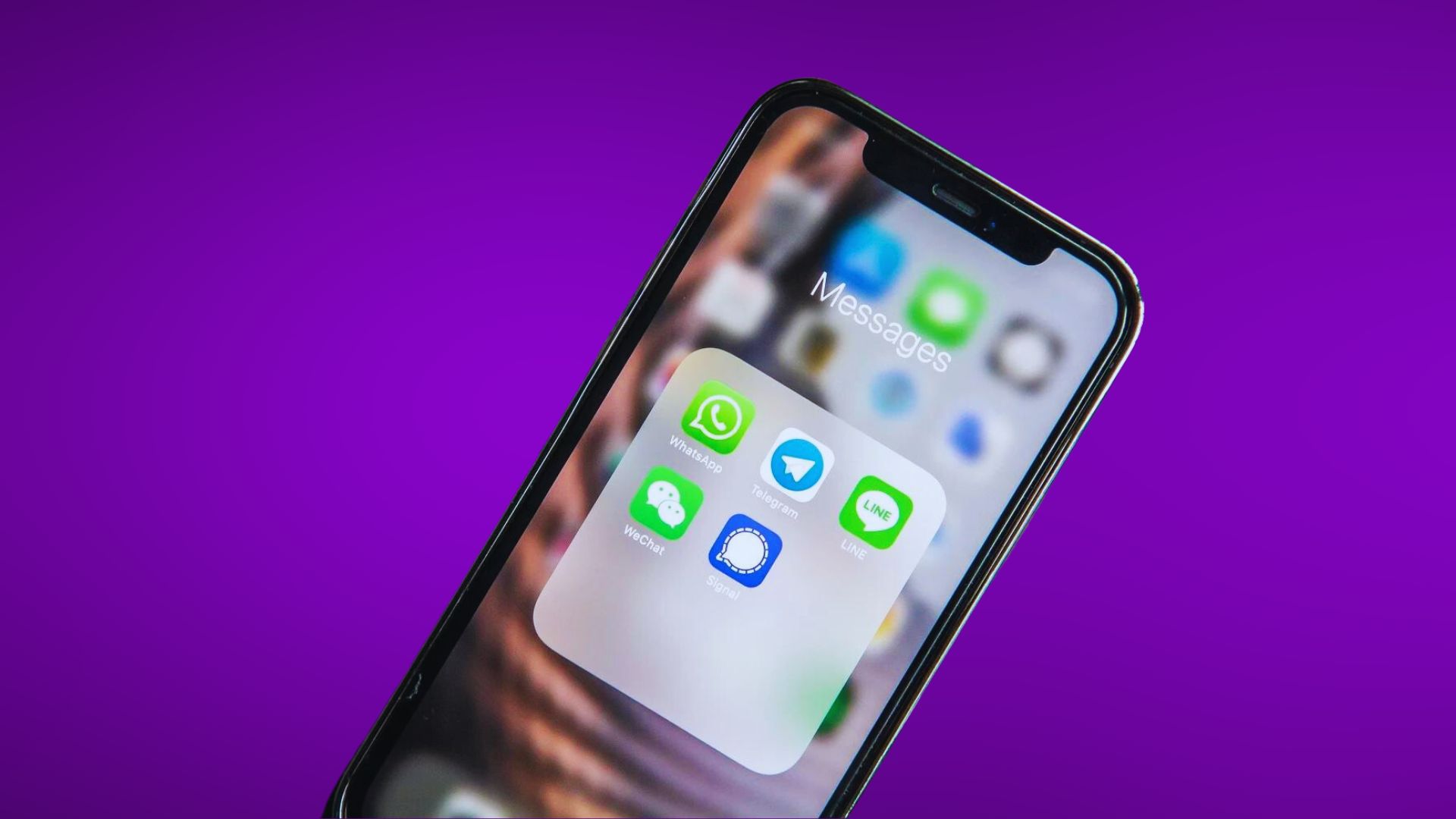
Confirm You Have Cellular Service
The most obvious reason your iPhone 13 can’t send texts is lack of cell service. Without a connection to a cellular network, your texts can’t be delivered.
First, check your signal strength. Go to Settings > Cellular and make sure your bars are solid. Try moving to a spot with better reception.
Still seeing no bars? Make sure cellular data is actually turned on by toggling the Cellular Data switch.
Also check that your SIM card is properly installed if you just got your phone. Eject the SIM tray and reseat your SIM to make sure it’s making full contact.
Toggle Airplane Mode On and Off
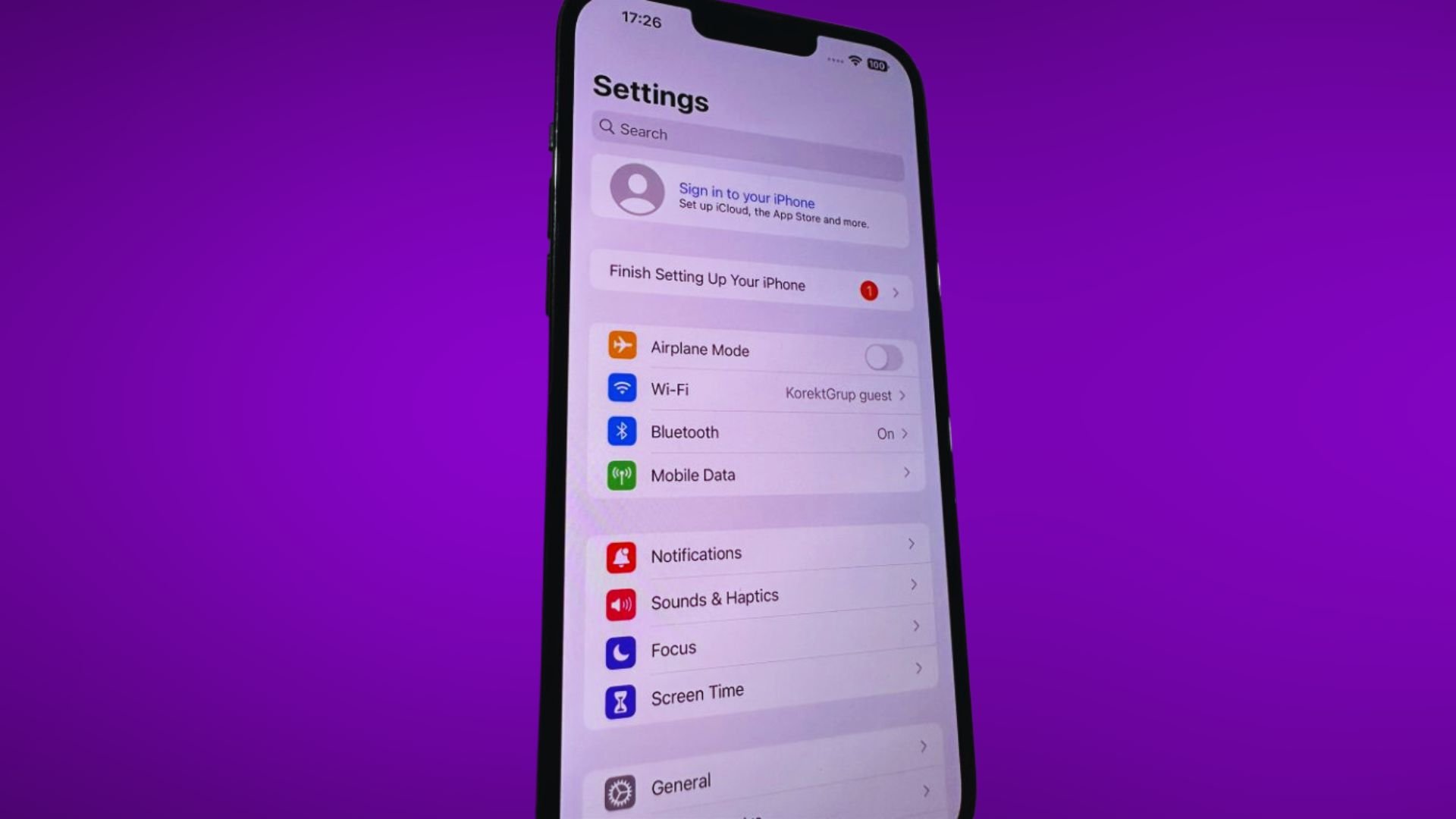
Airplane Mode disables all connections, including WiFi and cellular. If it’s enabled, toggle it off in Control Center or Settings to regain service.
As an added bonus, toggling Airplane Mode can give your connection a “fresh start” and fix temporary network glitches.
Restart Your iPhone
Like a computer, sometimes a phone just needs a reboot. Restart your iPhone 13 by holding the Side button and either Volume button until the power off slider appears.
After restarting, give sending messages another try. Often, a restart resolves temporary software quirks stopping messages.
Update Your iPhone Software
Apple releases regular iOS updates to fix bugs, including potential messaging issues. Go to Settings > General > Software Update to download the latest iOS version.
Updating to the newest software can quickly solve message sending problems caused by bugs in older versions.
Check SMS/MMS Settings
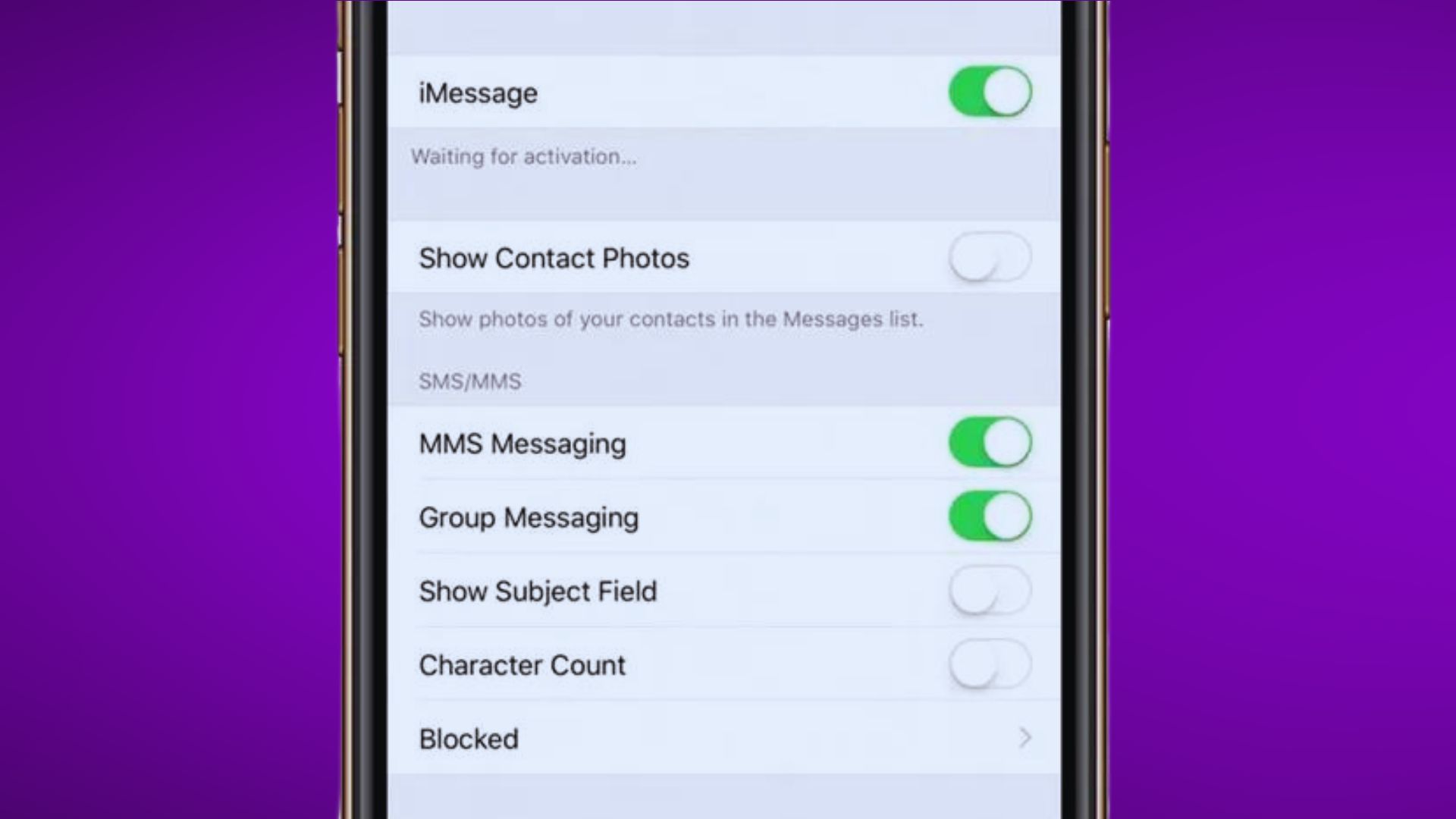
Even if you primarily use iMessage, your phone needs SMS and MMS enabled as a backup when iMessage is unavailable.
In Settings, go to Messages and make sure both SMS and MMS messaging are toggled on. If either is disabled, your texts won’t send.
Reset Network Settings
Resetting network settings erases saved Wi-Fi networks and other connections, but can resolve persistent network and messaging issues like texts not sending.
Go to Settings > General > Reset > Reset Network Settings. You’ll have to re-enter Wi-Fi passwords, but your messages should send again.
Contact Your Carrier
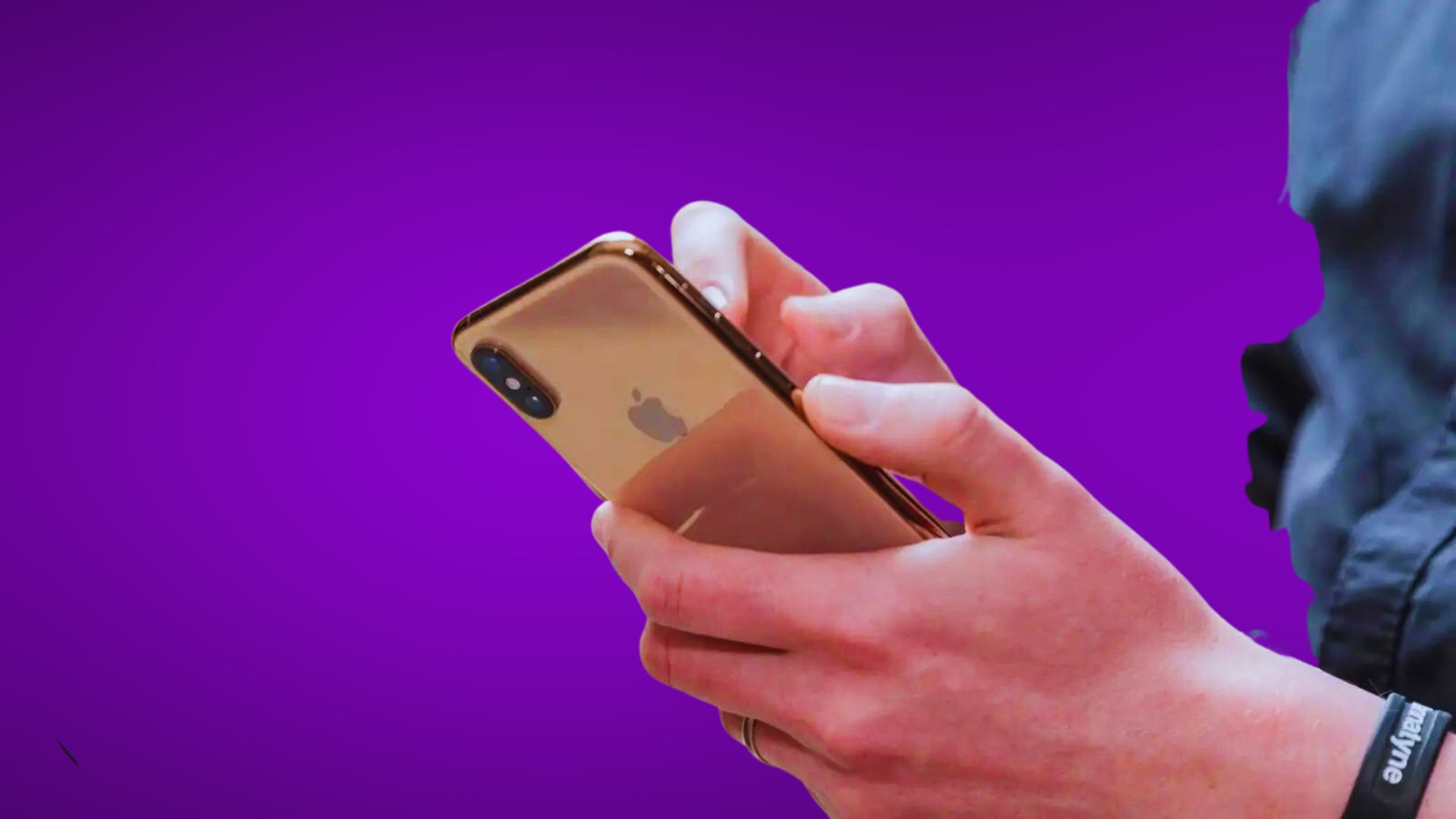
Sometimes network outages happen causing messaging failures. If you’ve tried the steps above and texts still won’t send, contact your carrier’s customer support.
Let them know when the issue started and any troubleshooting you’ve tried. They can check your account status and network connection.
Update Carrier Settings
Hidden carrier updates help your iPhone communicate with your cellular network. Go to Settings > General > About to check for and install any pending carrier updates.
Updating carrier settings can resolve network-related issues stopping your iPhone 13 from sending texts.
Reset Your Network Statistics
Go to Settings > General > Reset and tap Reset Network Settings. This resets network connections and statistics without fully erasing your device.
Resetting network stats often resolves cellular data and messaging problems like texts not sending. You will have to rejoin WiFi networks afterwards.
Make Sure Texting Is Enabled on Your Plan
Double check with your carrier that text messaging is included in your current plan. If you switched plans recently, you may have lost SMS/MMS capabilities.
Contact customer support to add a texting package if needed. Some carriers also offer unlimited text add-ons for just a few dollars a month.
Try Sending a Test iMessage
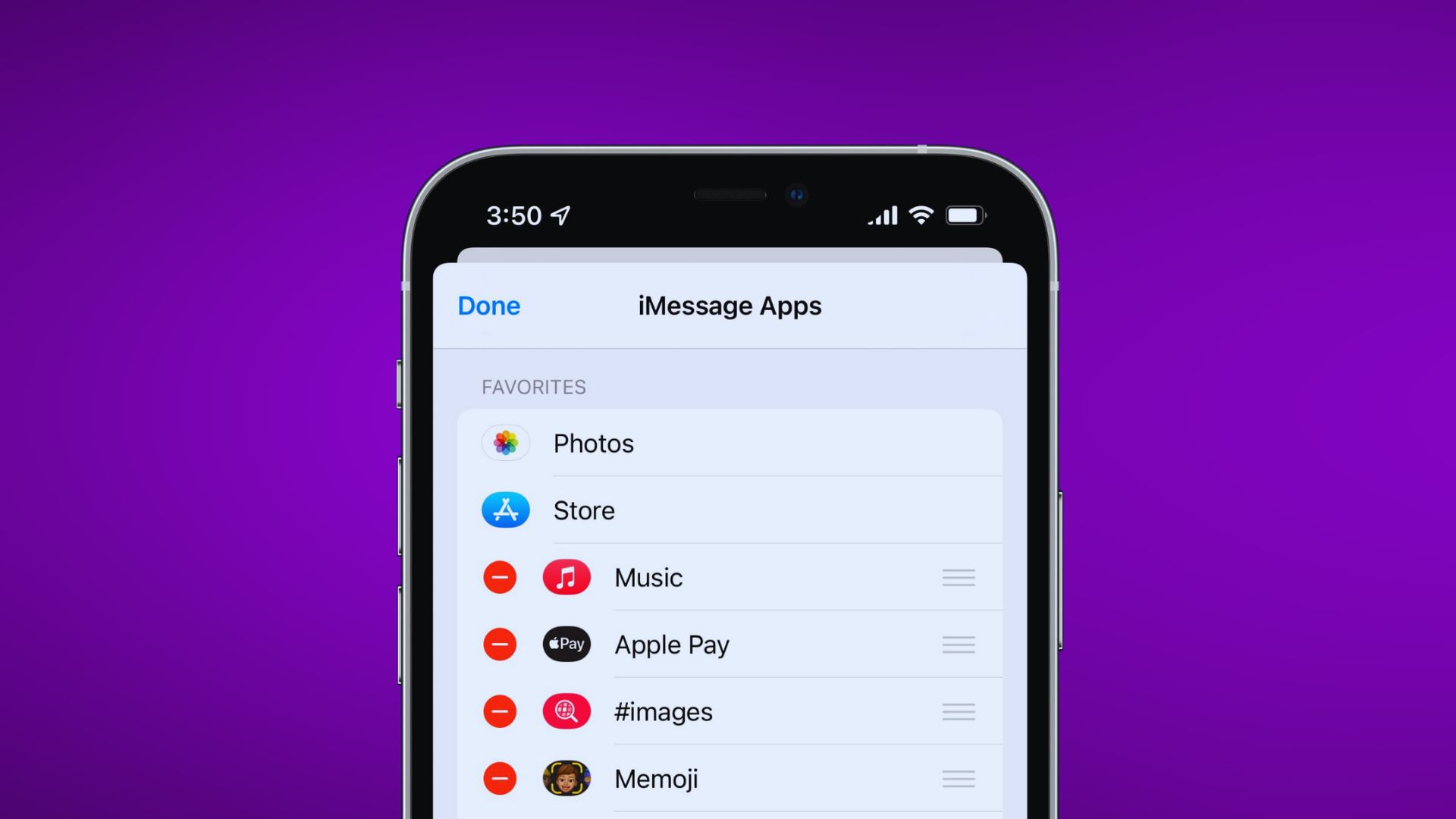
Having issues specifically sending iMessages? Try sending a test message to another iPhone user. If they receive it, the issue may be limited to sending SMS/MMS texts.
If iMessages fail too, your connectivity is the likely culprit. Go through the troubleshooting steps above to regain full messaging abilities.
Reset All Settings
Resetting all settings erases all custom settings, but leaves your data intact. This can fix persistent software issues that standard resets don’t address.
Go to Settings > General > Reset > Reset All Settings. You’ll have to redo personal settings, but a full settings reset often resolves system-wide bugs.
Erase and Restore Your iPhone
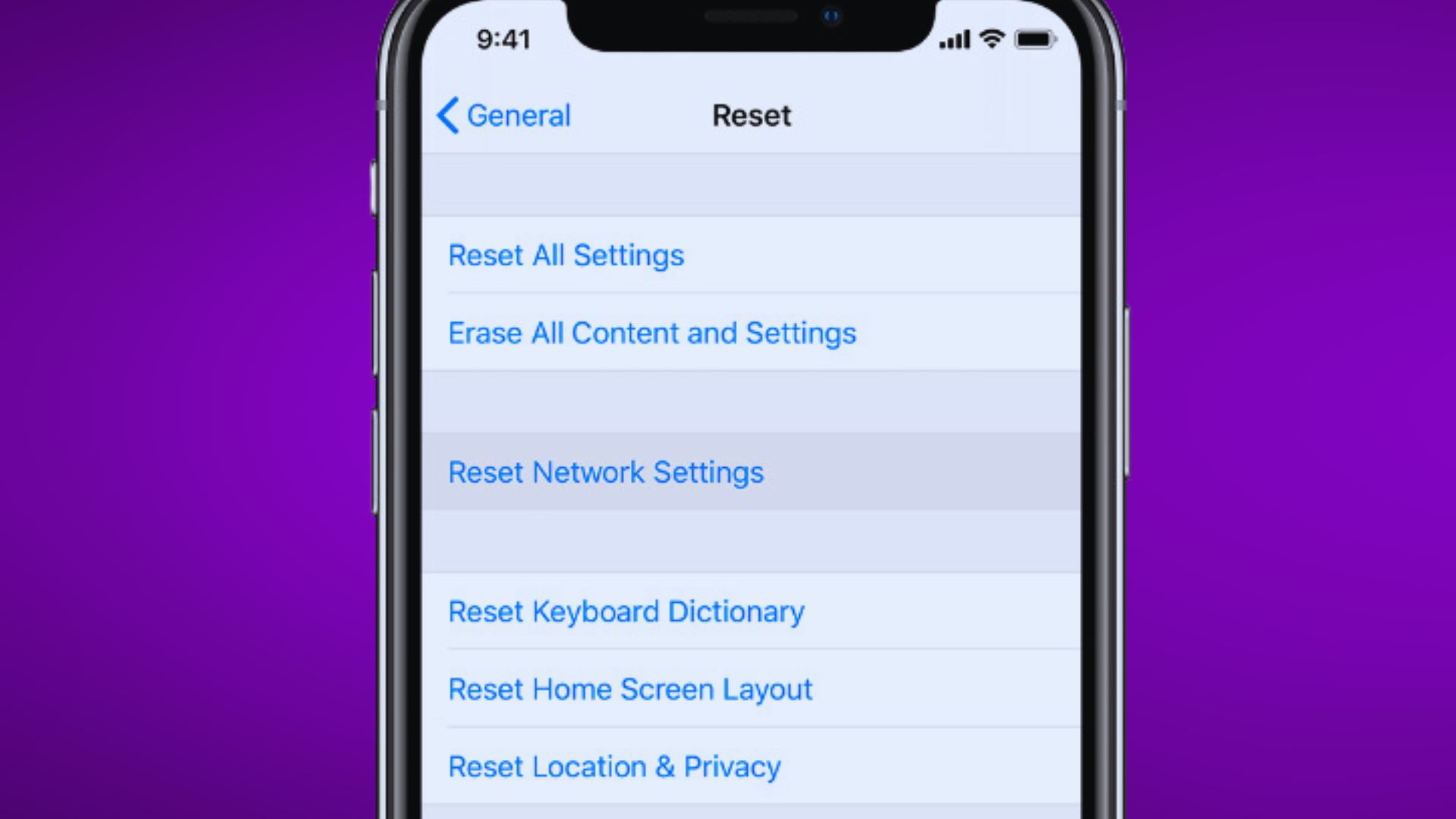
If nothing else works, erase your iPhone and restore from a backup. Go to Settings > General > Reset > Erase All Content and Settings.
Then in the Setup Assistant, restore your data and settings from an iCloud or iTunes backup. An erase and restore should eliminate any software issues.
Get Your iPhone 13 Serviced
If you’ve tried all troubleshooting steps and your iPhone 13 still won’t send texts, your phone likely has a hardware problem. Schedule an appointment at an Apple Store to have your device inspected.
Apple can run diagnostics tests to pinpoint hardware failures stopping your messages. Typical texting issues are software-related, but hardware faults are possible too.
Key Takeaways
- Check your cell signal, restart your phone, update software, and toggle Airplane mode to resolve most text sending problems
- Ensure SMS and MMS messaging is enabled in your iPhone’s settings
- Reset network settings and update carrier settings to fix network-related issues
- Contact carrier support for account or network help
- Erase and restore your iPhone or visit the Apple Store if troubleshooting doesn’t work
With a few simple checks and resets, you should be able to get your new iPhone 13 sending messages smoothly again. Let us know if these steps resolved your “Not Delivered” error!